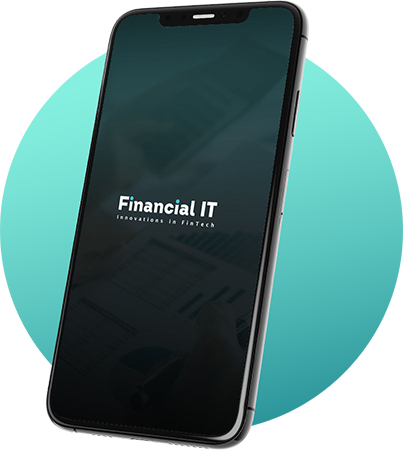Published
- 06:00 am
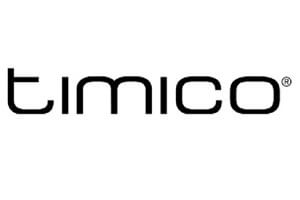
Timico , cloud service provider in partnership with Datto , a business continuity solutions provider, reveals research findings that the effects of Ransomware attacks on finance companies cause substantial financial cost and immeasurable data loss. However, there is an alarming lack of awareness when it comes to being prepared, with over half of UK banking and insurance firms having no official Ransomware policy, to guide employees on what to do in the event of an attack.
Ransomware is malicious software designed to block access to a computer system until a sum of money is paid. It is the biggest global cyber threat to business with reported incidents increasing in frequency and complexity and the financial demands escalating. The National Cyber Security Centre weekly threat report predicts that new innovations in Ransomware are already happening, such as targeting internet-connected devices to create a “Ransomware of Things.”
60 seconds or less to shutdown
The research report entitled ‘The Reality of Ransomware,’ surveyed 1,000 UK organizations including 250 in the banking and insurance sectors. All those polled have been a victim of Ransomware and many had been attacked within the last 12 months.
Nearly two thirds (62%) of finance firms said that the effects of an attack were almost instant with data systems going from fully functional to essentially useless within seconds and minutes. A quarter (25%) reported lockdown within a few minutes, with 17% saying it took just one minute and 20%, just a few seconds.
The drastic effect on business
The Timico and Datto research found that, for the majority (89%) of banks and insurance companies that have been victim to Ransomware, systems were down for a week or more, causing £1,000s in financial damage a day to most businesses.
Nearly half (43%) had to endure their data down for more than a month, with 19% reporting their data as ‘unrecoverable.’
But retrieving data is becoming increasingly more difficult for organizations. The ransom fees, demanded by cybercriminals before they will unlock the victim’s computer system, are rapidly rising. More than a quarter (26%) of finance firms paid over £5,000 to retrieve their data.
The true cost of Ransomware is a financial abyss
Knowing the extent of the cost of the attack on the business is often unknown. A third (33%) of banks and insurance firms could not even estimate the overall financial cost to the business of the Ransomware attack, deeming it ‘unquantifiable’. Over half (56%) of respondents in the finance sector estimated that the attack had cost the business between £1,000 to £2,000 per day in lost revenue, due to its data systems being down.
Lack of guidance leaving organizations vulnerable to loss
Despite Ransomware being well reported as one of the biggest, evolving threats to companies world-wide, many staff within UK finance organizations would have no idea what to do in the event of an attack. Timico and Datto found that over half (55%) have no official Ransomware policy in place to guide staff on what to do when an attack occurs, leaving them vulnerable to huge and unquantifiable financial and data loss.
Related News
- 05:00 am

Tata Consultancy Services (TCS), world’s leading IT services, consulting and business solutions organization, has broken into the list of the Top 3 most valuable brands in the IT Services industry. Brand Finance, the world’s leading brand valuation firm, held the assessment.
“Just five years ago the TCS brand had achieved a major milestone, emerging as one of the Big 4 brands in the IT Services sector. Through sustained growth in their brand value, they have now moved up one spot and consolidated their place along with IBM and Accenture at the top of the sector’s food chain.” said David Haigh, CEO, Brand Finance. He added “This represents an absolutely stellar performance, adding an annual average of nearly a billion dollars in brand value across the seven-year tenure of their previous CEO N. Chandrasekaran.”
TCS was also rated as the Industry’s highest brand strength rating of AA+ and contributes to 69% of the value of the larger Tata Brand, which remains the #1 ranked brand originating from India. Over the past year, TCS has also been recognized for running one of the most innovative marketing programmes in Europe and featured as a top 100 brand in the United States.
“The foremost driver of our brand has always been the strong talent we have in the company along with a culture of customer centricity, innovation and consistent business performance. We will continue to invest in strategic initiatives towards all these areas, to further strengthen our brand position.” said Rajesh Gopinathan, CEO and MD, TCS.
In 2016, TCS strengthened its portfolio of brand partnerships by being appointed as the Official Technology Partner to the Virgin Money London Marathon and as title partner to the world’s largest cross country race, which has been renamed to the TCS Lidingöloppet run. Association with major marathons such as the TCS New York Marthon and TCS Amsterdam Marathon have significantly boosted TCS’ brand in its key markets. In a recent survey, 98.6% of its clients stated that the TCS Amsterdam marathon has significantly strengthened the company’s brand in the Netherlands.
Related News

Jarosław Czaja
Founder and CEO at Future Processing
FinTech companies are one of the fastest-growing business ventures in Europe today. see more
- 04:00 am

Two giants with a long history in infrastructure and communications technology collaborate to accelerate the digital era of urban development. AT&T and Current, powered by GE, have announced an exclusive partnership to connect cities across the United States and Mexico to the Internet of Things (IoT). Together, the companies will disclose a realm of possibilities to improve the way cities operate, communicate, and meet the needs of citizens.
Since launching its Smart Cities organization in 2015, AT&T has been using its resources and IoT expertise to create impactful solutions for cities. With its smart cities framework as the foundation, for the past year AT&T has been helping cities develop and implement a holistic smart cities strategy to address their current and future needs. The agreement with Current significantly extends AT&T's smart city services, plus opens new revenue opportunities for the company. By introducing GE's Predix-powered IoT platform, AT&T can use outdoor LED lighting in a city to create a digital infrastructure that helps address issues like traffic flow and parking optimization, gunshot detection on city streets, air quality monitoring and weather emergency alerts.
"Intelligent lighting plays a huge role in a smart city," said Chris Penrose, president, Internet of Things Solutions, AT&T. "Our collaboration with Current will enable us to use a city's existing lighting infrastructure to more securely connect sensor-enabled networks. This will put them on the path to becoming a smarter, more sustainable city."
The two companies have collaborated before. Current, GE's digital industrial startup business, recently announced a deal with the City of San Diego to upgrade thousands of the city's outdoor light fixtures to sensor-enabled LED technology, making it the world's largest smart city IoT platform. AT&T will act as the data carrier and provide highly secure connectivity for the San Diego deployment, which is expected to save the city approximately $2.4 million in annual energy costs. In addition, the deal builds on AT&T's membership in GE's Digital Alliance program, where it serves as a connectivity-as-a-service collaborator for GE's Predix platform.
"We are thrilled to expand Current's relationship with AT&T to help cities redefine the civic engagement model—our digital network is based on an open platform, which allows entrepreneurs, incubators and students to get involved in the future development smart city applications," said John Gordon, Chief Digital Officer of Current, powered by GE. "AT&T has a long history of working commercially with municipalities, and our technology will be a perfect fit toward helping more cities unleash the limitless potential of the Industrial Internet."
For more than 100 years, AT&T has formed strong relationships with cities across the United States. The company's Smart Cities initiative is bringing connectivity to spotlight cities across the nation—helping these cities become cleaner, safer and more efficient. And secure AT&T network connectivity and IoT platforms like AT&T M2X and AT&T Flow Designer continue to foster IoT innovation around the globe.
"Innovation is at the core of who we are—and what we do," said Mike Zeto, general manager, AT&T Smart Cities. "AT&T and GE are the companies that modernized the telephone and light bulb. Together, we will usher in a new digital frontier, giving cities and citizens alike the benefits of a connected city."
Related News

- Product Reviews
- 27.02.2017 09:04 am
The Islamic financial services industry is expanding and experiencing tremendous growth day by day that drives new challenges and trends. As an industry leader, Path Solutions offers Islamic financial institutions and microfinance companies cutting-edge software solutions that meet functional requirements in accordance with the Islamic principles of Sharia Law.
What Does the System Do?
Path Solutions’ flagship iMAL Enterprise Islamic Banking & Investment System is a powerful core banking system explicitly built from the ground up to support Sharia banking operations. iMAL is rightly geared to address country and region-specific Islamic banking requirements.
iMAL provides a powerful and service-oriented banking infrastructure without constraints and with minimum disruption to banking operations. iMAL is the only 100% Islamic banking solution as certified by AAOIFI (Accounting and Auditing Organization for Islamic Financial Institutions) in 2008.
All iMAL modules are based on the Islamic law and are in full compliance with IAS (International Accounting Standards). The system is built on the Sharia guidelines for the purpose of financing related to Murabaha, Mudaraba, Ijara, Istisnaa, Salam, project financing, real estate and others.
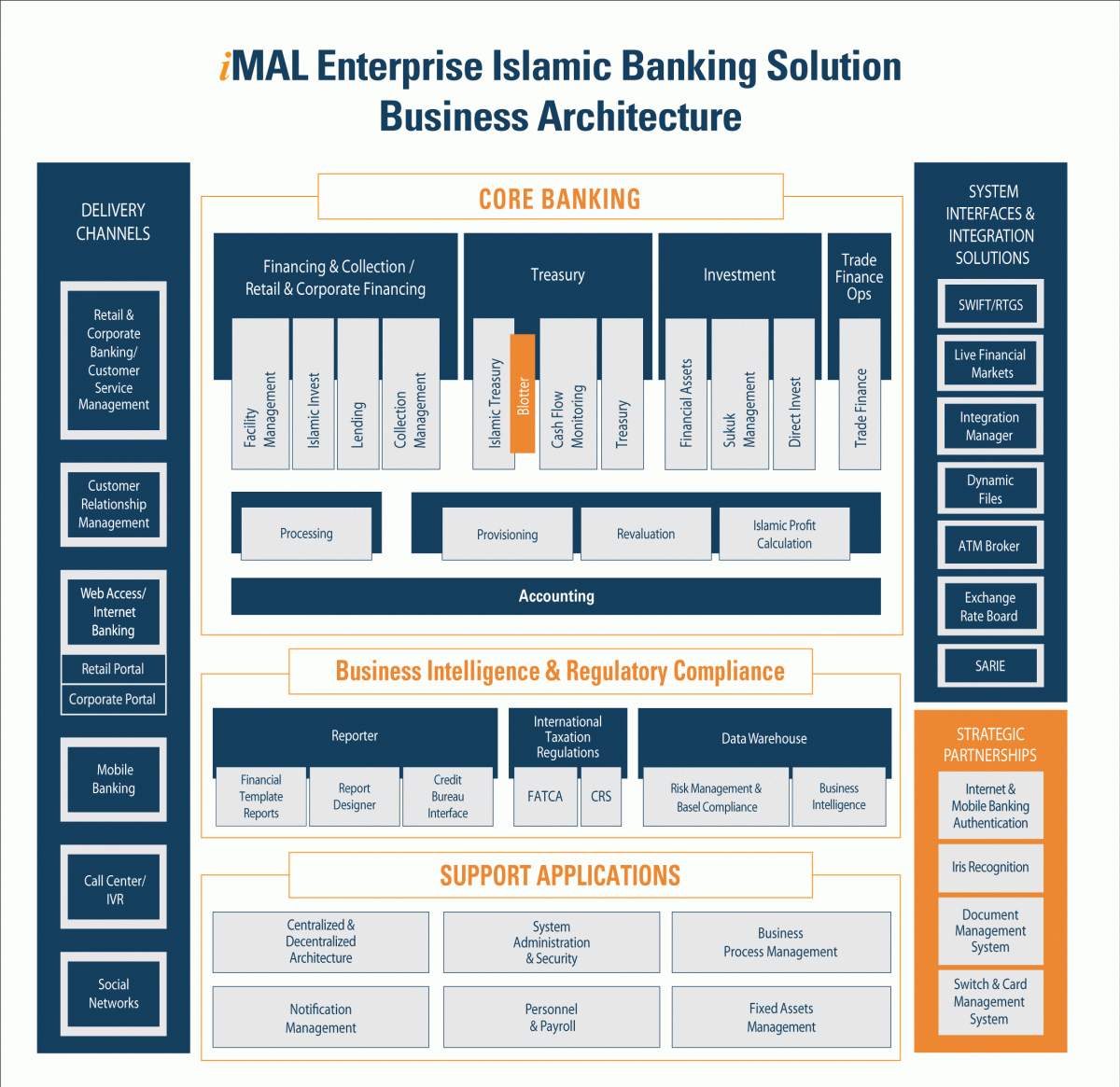
Who needs the System?
iMAL Enterprise Islamic Banking & Investment System is a trusted core banking system used by major Islamic banks across the globe. iMAL instantaneously meets the needs of Islamic banks based on a cutting-edge open and flexible architecture.
iMAL is ideal for high-end Islamic banking, investment and financing institutions that have an urgent demand for solutions with built-in Sharia-compliant workflows.
What other features are relevant?
iMAL combines comprehensive business functionality with an advanced, secure, scalable and modular architecture proven to meet the market toughest challenges of today and tomorrow.
The following points illustrate iMAL’s key strengths and features:
- Supports all known Islamic banking instruments
- Web interface, N-Tier Java based, SOA architecture
- With high parameterization capabilities; greater process efficiency, better risk mitigation
- Multi-currency, multi-branch, multi-company enabled accounting backbone
- With strong product definition features
- Fully integrated yet modularized, with Model Bank
- Highly automated and flexible system
- Ensures quick time to market products
- Employs multi-tier architecture using the latest JAVA technology with either Oracle or SAP Sybase as core database servers
- Provides sophisticated data protection and high-speed access to information
- Cloud-ready and deployable on a fully scalable, multi-server n-tier architecture
- Fully integrated front, middle and back office Islamic core banking system
- Runs 24/7 in real-time
- 360° view
- Runs on all the main platforms and operating systems
- Compliance with Basel II/III & AML.
More benefits of the solution are listed below:
iMAL enables Islamic financial institutions to achieve the following:
- Built-in Islamic operations standard compliant workflows and system controls
- Various delivery channels
- Faster time to market
- Exact fit to business requirements
- Phased migration and implementation approach
- Running businesses in real-time mode
- Higher operational efficiency:
- Single integrated platform for all banking activities
- Flexibility to meet change and growth requirements
- Cost reduction by implementing STP
- Optimized business performance
- Superior customer service
- Efficient speed of service
- Precision of documentary cycle
- Electronic reconciliation (quick notices)
- Prompt dispute resolution: Legal, collection, valuation, procedures, etc.
What are the reporting capabilities?
One of the vital features of iMAL is flexibility in reporting. iMAL is based on Jasper Reports for web modules that provide variety of reports formats (HTML, PDF, WORD, EXCEL, TEXT, etc.). It is important to emphasize that reports are independent from iMAL modules and can be imported to iMAL easily via iMAL*Reporting modules. For Business Intelligence (BI) Microsoft Objects is used for advanced reports.
What is the pricing model?
The pricing model of the solution is based on the modular capability available in iMAL core banking system. Correspondingly, each module is priced separately providing a flexible costing structure to accomplish the goals of financial institutions. Financial institutions can tap pricing options according to their preference:
- Full suite of modules
- Product based configuration of core modules
- Development of a flexible branch deployment strategy
- Embedded quantity discount brackets.
Other Product Reviews
- 02:00 am

Netcracker Technology stated today that it would showcase its comprehensive suite of solutions and services that enable digital transformation. Thus, laying the foundation for virtualization at Mobile World Congress 2017, in Barcelona, Spain.
At Mobile World Congress, Netcracker will show the next evolution of its Cloud-Based Online Charging System (OCS) and highlight the expansion of NEC/Netcracker's partner program, Ecosystem 2.0. Netcracker will also showcase its broad suite of next-gen BSS/OSS and SDN/NFV solutions that enable digital transformation and help service providers commercialize and monetize new services across hybrid environments comprised of physical and virtual infrastructure.
As the industry's first always-active online charging system, Netcracker's Cloud-Based OCS is designed to help service providers rapidly monetize new digital services by addressing all of the key pain points associated with legacy, hardware-based charging systems. Netcracker's Cloud-Based OCS enables:
- Always-on availability and deployment flexibility across physical and virtual environments.
- Unparalleled cloud elasticity and scalability to keep up with the demands of VoLTE, virtualized, 5G and IoT services.
- Converged revenue management scenarios with embedded analytics.
Netcracker recently announced that it has expanded its existing BSS partnership with Videotron, a Canada-based cable, internet, telephone and wireless service provider, by delivering its modernized OCS.
NEC Corporation and Netcracker will also showcase Ecosystem 2.0, the next evolution in partner collaboration, at Mobile World Congress. Ecosystem 2.0 goes beyond VNF onboarding to solve operational and monetization issues associated with bringing new services to market. It enables service providers to:
- Accelerate time-to-market with access to commercially ready services.
- Enable continuous service innovation.
- Leverage pre-integrated, best-of-breed VNFs with minimal risk.
Ecosystem 2.0 allows partners to:
- Become part of NEC/Netcracker's business-driven solutions.
- Enable seamless onboarding with access to an advanced partner portal with a dashboard that shows VNF statistics and feedback from service providers.
- Certify their VNFs as commercially ready, working with market-leading service orchestration, service design and business management applications.
Related News
- 03:00 am
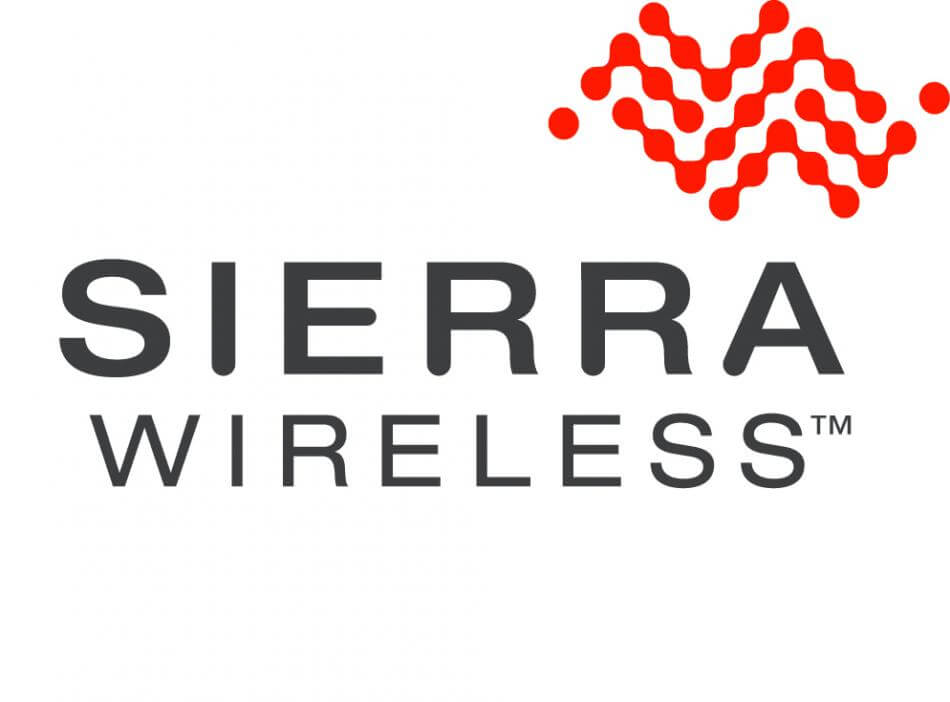
Sierra Wireless, is a major supplier of fully integrated device-to-cloud solutions for the Internet of Things (IoT). Today it unveils the world’s first ‘plug-and-play’ cellular modules and routers with pre-integrated global connectivity, IoT operation management, and security. This new know-how will significantly reduce the time to launch IoT solutions, facilitate operations, and enable business model flexibility, thus accelerating the global IoT economy.
These new cellular modules and routers enable customers to select a single pre-certified solution to instantaneously connect and remotely manage a fleet of IoT products and services across the globe, and over the lifetime of the deployment. This is a vast improvement to today’s practice of procuring devices, then sourcing multiple connectivity subscriptions and SIM cards for global coverage, and finally integrating disparate provisioning and management platforms.
“The complexity of deploying IoT solutions is the biggest challenge for businesses today,” said Philippe Guillemette, CTO, Sierra Wireless. “Our new technology is much more than a SIM in a device, it’s an industry breakthrough that truly simplifies the IoT ecosystem. Our customers can focus on transforming their business and rely on Sierra Wireless to securely connect, monitor and collect data from their devices, at the right time, with the right SLA, and at the right cost.”
With built-in security from device, through the mobile network, to the cloud, Sierra Wireless’ innovative technology allows users to remotely provision and change connectivity providers over the air without ever physically accessing their devices. This reduces risk and gives companies the flexibility to develop and scale IoT applications and services over time and around the world.
“Sierra Wireless’ long track record and leadership experience in IoT gives them unique insight into the many hurdles businesses must overcome to bring their connected products to market,” said Dan Shey, Managing Director and Vice President, B2B, ABI Research. “Having both connectivity management and device management on a single platform is a significant advantage that will allow users to leverage data from their devices and the network to drive their business. Sierra Wireless is also bringing the flexibility to access global MNOs over the air, which is a key factor in enabling the global IoT economy.”
Related News
- 07:00 am
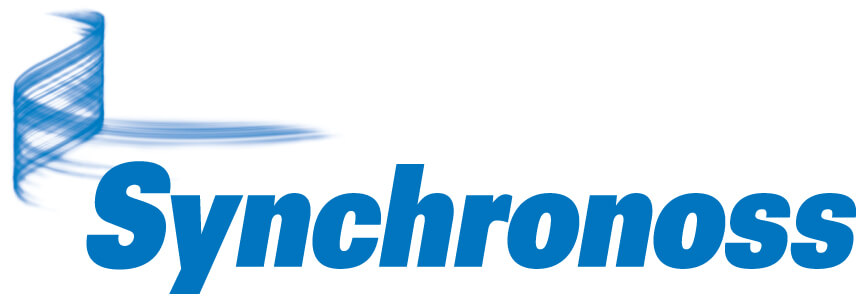
Synchronoss Technologies, Inc., is the leader in mobile cloud innovation for mobile carriers, enterprises, retailers, and OEMs around the globe. Today it has published the results of an Enterprise study that Synchronoss commissioned, which demonstrates the progress of enterprise mobility adoption.
The independent study conducted by Sapio Research on behalf of Synchronoss found that 38% of enterprises still only use mobility solutions for basic tools like email and calendar, and do not have a firm requirement to secure their staff’s devices. However, these enterprises are 15% less productive and 29% less profitable than those with more advanced mobile capabilities, such as file-sharing apps, collection, and analysis of data, app integrations, and multi-factor authentication. The study examines the different rates of adoption of enterprise mobility across more than 500 businesses in the UK and the US and classifies them into a four-stage Maturity Model: Entry Level, Opportunistic, Additive and Transformational. Progress through each stage was determined by the degree of use of productivity tools and data, and the security measures required.
Synchronoss Enterprise has shown that despite enterprise mobility being an accepted norm, 38% of enterprises have failed to progress beyond the Entry Level stage of its four-stage Mobility Maturity Model, and that 81% remain in the bottom half, however the incentive for enterprises to improve is clear. Synchronoss also proved that those 19% in the third stage of the model, Additive (typified by app integrations, the collection of devices’ contextual usage data, multi-factor authentication and secure data transmission), were on average 15% more productive than those in Entry Level, and 29% more profitable.
“The findings of this study underline the case for companies to dedicate investment to their enterprise mobility strategy. Until now, the benefits of mobility maturity have been anecdotal or theoretical. We now know that those who invest in advanced mobility tools – balancing efficiency with security – benefit from double-figure improvements in productivity, in turn contributing to massive profitability gains,” said Dave Schuette, Executive Vice President of the Enterprise Business Unit at Synchronoss.
The commercial impacts of advanced mobility maturity:
- The most mature enterprises are 29% more profitable and 15% more productive than those in the lowest stage
- CIOs and IT teams who have delivered the most advanced enterprise mobility are perceived 14% and 12% more favorably within their organizations than those who have only introduced the most basic of functionality
- The simple step from Entry Level to Opportunistic (first stage to second stage) delivers the greatest and quickest performance improvements. Just by introducing file-sharing tools, monitoring usage data and requiring at least native OS security measures to be in place on the device, enterprises see a 9% profitability improvement and 7% productivity boost
“Productivity doesn’t come from the availability of mobility tools alone,” continued Schuette. “Collecting contextual data from employees’ devices lets a company make informed, deliberate changes that improve its operations and processes. That same data can also be used for more robust user ID verification, boosting security. The higher the security on a device, the more capabilities an organization can confidently add to it - which in turn improves productivity. It’s the ultimate virtuous circle for enterprise technology.”
“Mobility has always held significant promise for enterprise’s digital transformation programs – for operational efficiencies, workforce productivity, customer engagement, and overall competitive differentiation,” commented Chris Marsh, Research Director of 451 Research’s Enterprise Mobility Practice.
Related News
- 01:00 am

Numerix, the leading risk technology provider, has won two XCelent 2017 awards as part of Celent’s recent research, “FRTB and the Upcoming Renaissance in Market Risk Management – Evaluating Ecosystem Solutions.” Authored by Cubillas Ding and Dennis Kong, the report completes a three-part series assessing the current market and solution landscape for FRTB.
As FRTB and market risk solutions continue to evolve, Numerix has taken significant steps to enhance and launch new functionality to help financial firms operate effectively under the new upcoming regime. Numerix FRTB is designed to be a flexible component of an institution’s FRTB strategy, for business impact assessment or as a core component of a broader enterprise-wide transformation. This has put Numerix in the unique positon of spanning the Celent categories of Ecosystem Specialist and Risk System Provider.
"We are extremely pleased to have won this industry recognition from one of the most reputable research and consulting firms dedicated to information technology. Winning the awards demonstrates our ability and dedication to establishing the best approach to FRTB at a time when current regulatory uncertainty shrouds the capital markets,” said Steve O’Hanlon, CEO of Numerix. "Establishing an approach to FRTB is not a series of cohesive, chronological steps; it’s a progressive process. Numerix FRTB is designed to align with banks’ FRTB transformation at all points in the process; for early stage strategic decision making and for long term FRTB compliance.
Building upon its complex derivatives and front office origins, and moving towards solutions that deliver larger-scale firm wide risk initiatives, Numerix Oneview enterprise platform enables users to measure, aggregate, and present a unified view of risk and capital. As a SaaS, cloud based QIS solution, Numerix FRTB further supports this approach – playing a critical role in the analytical and data value chain and working as part of a broader set of applications or components.
The report indicates Numerix as demonstrating sophisticated market risk, FRTB and pricing capabilities but also as early adopters of next-generation technologies for establishing a clear architectural and product vision. The scope and depth of client service, development and implementation partnerships also helped the firm to be recognized as a category leader for service.
"More sophisticated banks are seeing FRTB as a launchpad for market risk platform renewal, in tandem with achieving their broader capital efficiency objectives. Firms are looking to employ next generation technologies into their product offerings to achieve performance enhancements and scalability," says Cubillas Ding at Celent. "As FRTB programmes progress, firms can also look to deploy business/desk optimization capabilities that are flexible, agile, and quickly implementable."
Related News
- 03:00 am

They may be the most closely tracked generation in human history. But it's remarkable how much we've gotten wrong about millennials.
Marketing strategies devised for millennials by older generations have been based on bad intuition, poorly curated data, and unquestioned, incomplete assumptions. That leads to bad guesses. When you're designing banking and payment systems for your next generation of customers, bad guesses can be expensive.
For instance, it is accurate to call millennials (a.k.a. Gen Y's) the original "digital natives." They were the first generation to grow up online, with a comfort with networks that spawned a radically distributed approach to commerce. Peer-to-peer sharing, a threat to existing models, was an opportunity for new entrepreneurs.
By letting millennials reframe peer-to-peer payments, apps like Venmo seemed poised to disrupt one of the primary roles of banks. Rather than fight shifting tides, the industry sought to be the ones surfing the P2P payment wave. Zelle, the supposed Venmo-killer, looked like the right move for banks to retain millennials,
But is a millennial sea change in payments reallyunder way? Does that track with the data? Or is it another bad guess?
Certainly, some Gen Y's have gone all in with phone-based payments. Most, however, are just not that into it. 68 percent of young adults do not use any P2P payment platform at all.And out of the 82 percent of millennial iPhone users who had heard of Apple Pay in another survey, only 8 percent use it.
The case for nouveau payments is just not all that compelling for some. Others may be waiting for the right sweet spot of form and convenience. For now, even among millennials, cash remains king and the traditional payment forms of cards and checks still carry the lion's share of their transactions.
In a 2016 Cardtronics survey, nearly half of the millennials queried said they're more likely to pay with cash now than they did a few years ago, even though most said they were using a greater variety of new payment methods and P2P apps. Millennial usage of low-tech currency increased at a greater rate than any other age cohort, too.In another survey, almost two thirds of millennial respondents said cash was their preferred medium for P2P payments. And the second-most preferred method was a dead heat between PayPal and checks, of all things. Venmo came in a distant fourth.
Another sweeping generalization about Generation Y is that it's a demographic monolith of bankless, networked nomads. But, in fact, millennials behave like consumers from other generations when they come of age.
Let's step back and consider Generation Y demographics: Born between 1981 and 1997, millennials are now 20-36 years old. That means department managers, VPs of sales and CEOs of successful startups—probably juggling kids, mortgages and retirement savings—are getting lumped in with college juniors. But older millennials actually have a lot more in common with their Gen X or even Baby Boomer colleagues than they do with Gen Y's in their early/mid-20s, who have consumption and media habits that mirror Post-Millennial Generation Z.
Young Gen Y's may have breezed through college with nothing more than a phone and a couple of payment apps. As they take on life responsibilities, however, like full-time employment, mortgages, investments and savings, Millennials will need their banks just as much as earlier generations. In the developed world, banks are still the very medium through which business gets done and adult lives are lived.
Banks cannot sit on their laurels as they once might have, of course. Digital natives have expectations shaped by instant fulfillment, complete mobility, and the unrestricted choices made in global social networks. To serve these customers in a way that is native and intuitive to them, banks will need to listen and innovate.
Yet banks should also keep in mind that as the young millennial's life responsibilities evolve, he or she will take on the kind of personal and professional lives in which banks are uniquely suited to play an integral role.









